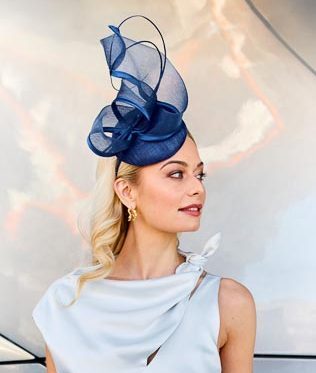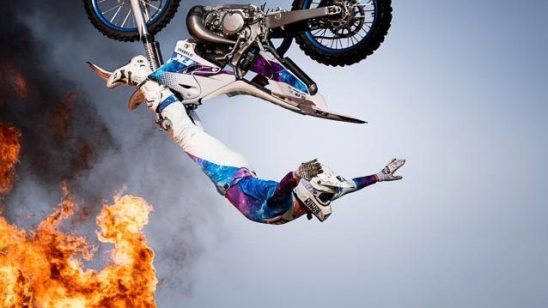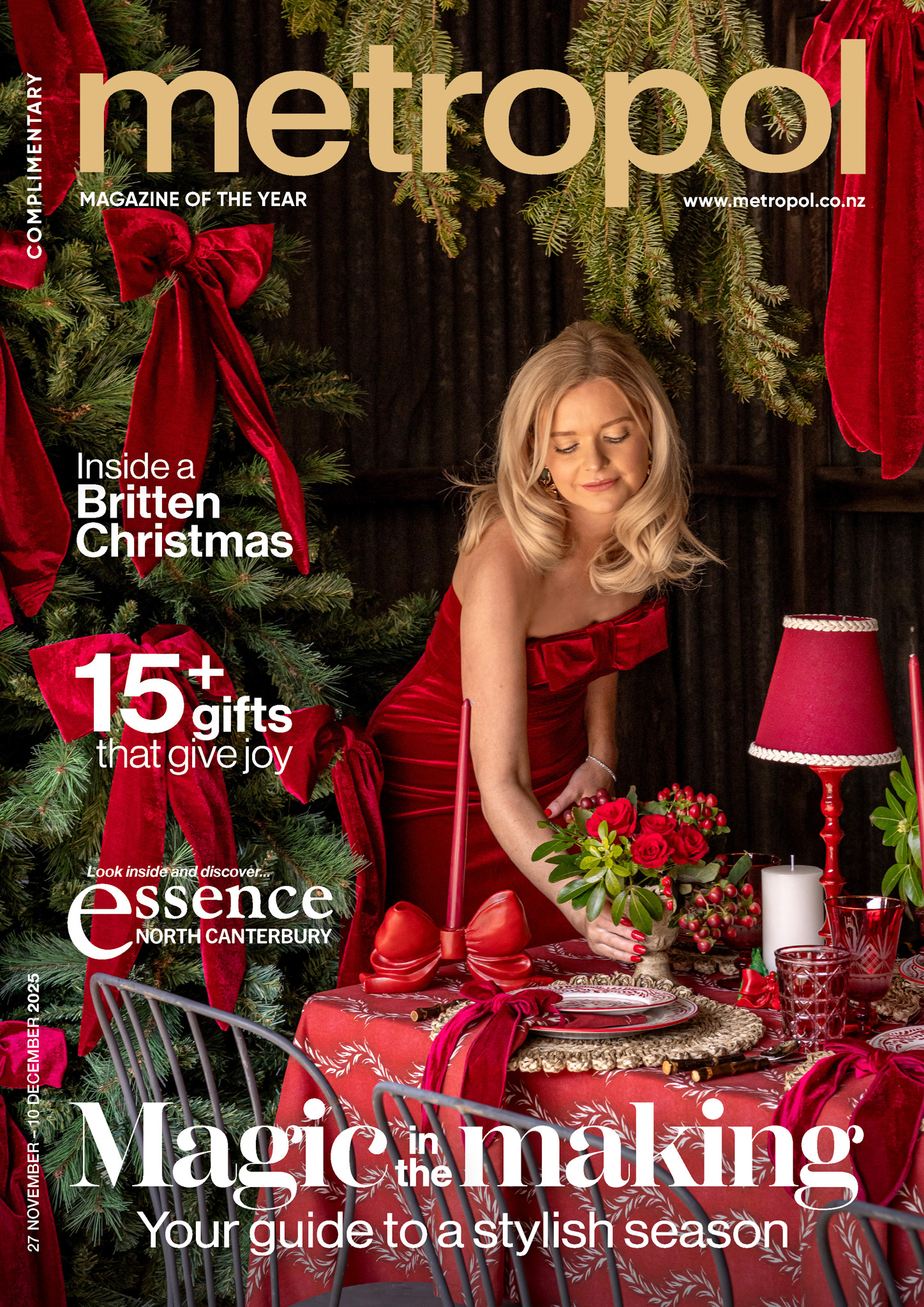
Crowning glory
As Cup and Show Week approaches, it’s the optimal time to delve into the fascinating history of fascinators and discover why they are a must-have addition to your outfit this season.
Women from nearly every civilisation throughout history have used embellishments to decorate their hair. Native Americans incorporated feathers, Ancient Egyptians donned gilded wigs, and ancient Hebrews adorned their heads with a sprinkle of gold dust. In the 15th century, the Renaissance period introduced a new era of power dressing, and hair decor moved away from solely ritualistic or spiritual purposes. It is well known that Queen Marie Antoinette made the use of ostrich plumes as head decoration popular among European royal courts.
Today, a fascinator is seen as a high-society event staple.
Worn on special occasions, such as weddings, red carpet events, and horse racing events.
At the wedding of Prince William and Catherine Middleton in 2011, many guests wore fascinators. There was notable media stir around Princess Beatrice of York’s fascinator and she sold it on eBay for more than $175,000 with the money going to charity.
In recent years, fascinators have experienced a revival in popularity. Influential figures in the fashion world have embraced these headpieces as an excellent way to elevate an outfit. Fascinators have also become a symbol of empowerment, allowing women to express their unique style while radiating confidence.
Image: Morgan & Taylor Aniya fascinator, photo by Honey Lens.



